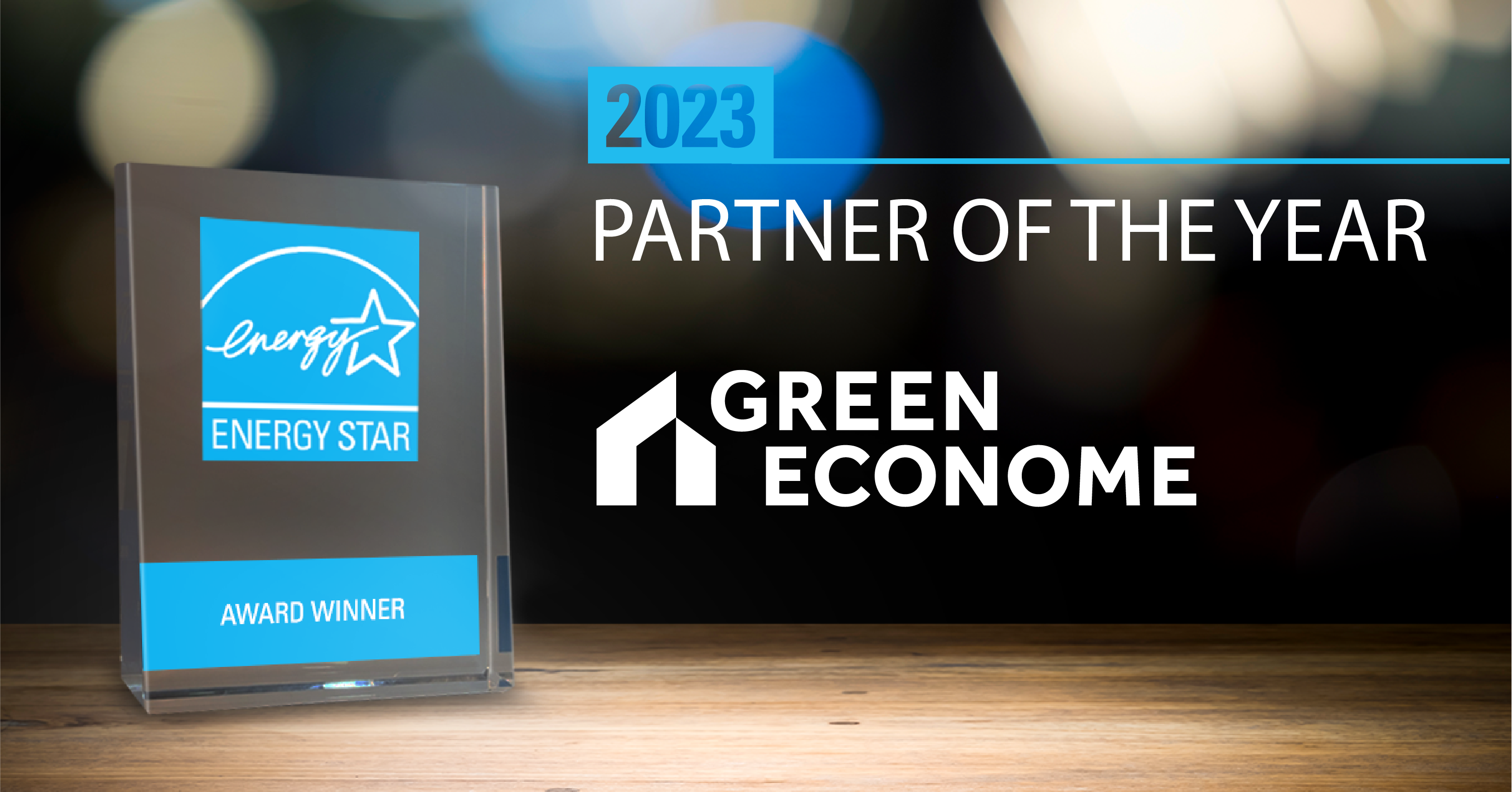TABLE OF CONTENTS
COMPLIANCE GUIDE
WHAT IS THE BERKELEY BUILDING ENERGY SAVING ORDINANCE (BESO)?
The Berkeley Building Energy Saving Ordinance (BESO) requires building owners and homeowners to complete and publicly report comprehensive energy assessments of their building’s energy performance and opportunities for improvement. The assessments are conducted by registered energy assessors who provide tailored recommendations on how to save energy, eliminate fossil fuels, and link building owners to incentive programs for energy efficiency and electrification upgrades.
BESO PROGRAM HIGHLIGHTS
Policy
BESO
Bill Text
CLIMATE ACTION PLAN
Enforcing Agency
CITY OF BERKELEY
Size of Property
> 15,000 SQ. FT. (BENCHMARKING)
850 – 24,999 SQ. FT. (ASSESSMENT AT LISTING)
> 25,000 SQ. FT. (ASSESSMENT EVERY 5 YRS)
Property Type
COMMERCIAL, MULTIFAMILY, & MIXED USE
Required Information
12 MONTHS ENERGY AND BUILDING USE DATA
Phase II Building Performance
Standards
ENERGY ASSESSMENTS
Benchmarking Due Date
JULY 1 ANNUALLY
DOWNLOAD BERKELEY BESO BROCHURE
EXEMPTIONS FROM BENCHMARKING (Energy Assessment still required)
The following options defer or exempt submission of energy benchmarking data for a calendar year. For buildings over 50,000 Sq. Ft, the City will report these deferrals and exemptions to the State to satisfy AB802
requirements. An energy assessment is still required.
- Data Unavailable Deferral.
- Controlled Environments Exemption.
BESO ENFORCEMENT
$85 administrative late fee. After 90-day notice, citation penalties range from $100 – $500 per violation, per day.
PHASE II ENERGY ASSESMENT REQUIREMENT
Phase II of the Berkeley Building Energy Savings Ordinance (BESO) requires energy assessments.
For buildings 850-24,999 sq ft, before listing your building for sale, you must hire a qualified assessor to complete an energy assessment and report, and provide it to the City and prospective buyers. Alternatively, sellers may defer the BESO assessment requirement to the buyer.
For buildings 25,000 sq ft and larger, owners must submit energy reports every five years and energy benchmarks annually to comply with the Building Emissions Saving Ordinance (BESO). Some buildings qualify for exemptions or deferrals; refer to the summary document for details. Collect verification documentation, such as your EnergyStar report or building permit, to submit with your application.
EXEMPTIONS FROM ASSESSMENTS (Annual Benchmarking still required)
The following options defer submission of an energy assessment for that reporting cycle. Annual energy use benchmarking is still required.
- High Performance Exemption.
- Deferral for Long-Term Tenancy under Rent Control.
- Deferral for New Construction or Extensive Renovation.
- Low Energy Use Deferral.
AS BENCHMARKING CONSULTANTS AND ESG REPORTING EXPERTS, WE WILL WORK WITH YOU TO DEVELOP A BUILDING PERFORMANCE BASELINE FOR COMPLIANCE
The first step to Berkeley BESO compliance is benchmarking. Green Econome takes an accurate, efficient, and comprehensive approach to ENERGY STAR® benchmarking that ensures you receive meaningful data about the performance of your building. Upon completing your report we submit it to the city and verify your compliance status.

















